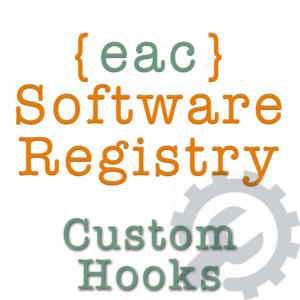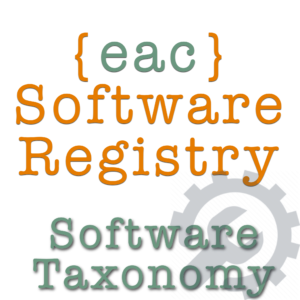Description
[eacReadme plugin=’eacsoftwareregistry-distribution-sdk/readme.txt’]Description[/eacReadme]
Original price was: $55.00.$0.00Current price is: $0.00.
{eac}SoftwareRegistry Distribution SDK is an extension plugin to {eac}Software Registration Server.
The Software Registry Distribution SDK is used to generate a custom PHP package that you can include in your software project to register your product with your registration server and manage that registration.
Also available from the WordPress Plugin Directory, or from your WordPress Dashboard, go to ‘Plugins‘ » ‘Add New‘ and search for ‘EarthAsylum‘.
[eacReadme plugin=’eacsoftwareregistry-distribution-sdk/readme.txt’]Description[/eacReadme]
| Copyright Notice | [eacReadme]Copyright[/eacReadme] |
|---|



